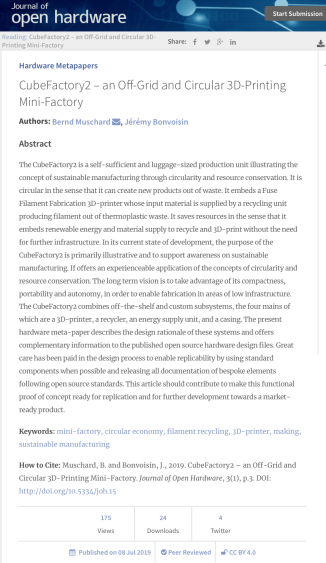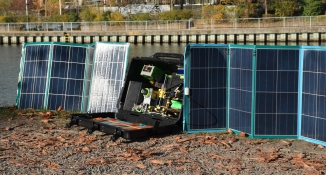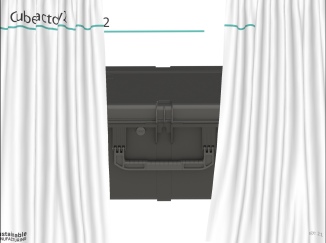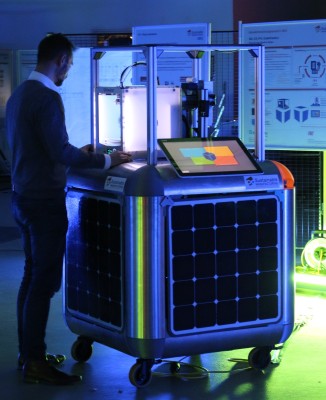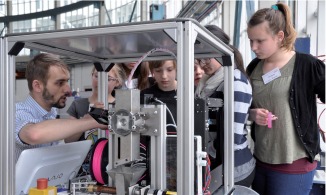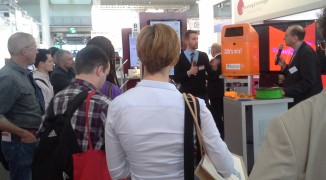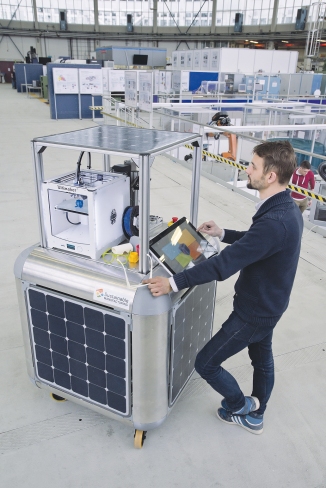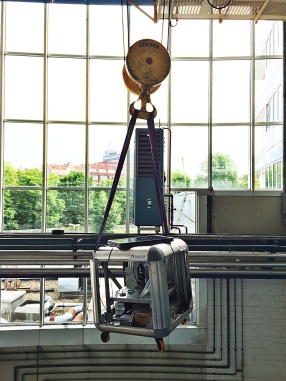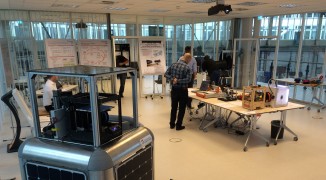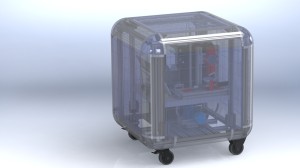CubeFactory projects Recycle Bin from CubeFactory on Vimeo.
The name says it all, “non-renewable” resources do not grow back – they are finite. Therefore, we should preserve them as long as possible. If they are already in use, it is important to continue to use them, to convert them again and again into new product life cycles.
Some thermoplastics can be easily utilized further and, in contrast to metallic materials, require very little energy for their (re)conditioning. For further processing, additive manufacturing processes such as FDM are suitable, since the raw material is easy to produce in the form of a wire. For example, domestic waste can be used as a cheap and locally available resource. This would effectively return obsolete or dispensable products back into the value creation process. Comparing the cost of 100 kg of sorted plastic waste ($1.00) with 1 kg of 3D printer ABS-filament ($25), an up-lift ratio of 2500:1 is realized.
This little machine shows how easy it can be to convert non-renewable resources into new product life cycles. It is simply called Recycle Bin and transforms plastic waste into 3D printer filament. We built this machine in the last few months, and in addition to its environmental and economic benefits, it has an unexpected social component. The shredding seems to have a magical attraction for my colleagues, since they now come over only for shredding a bit.
